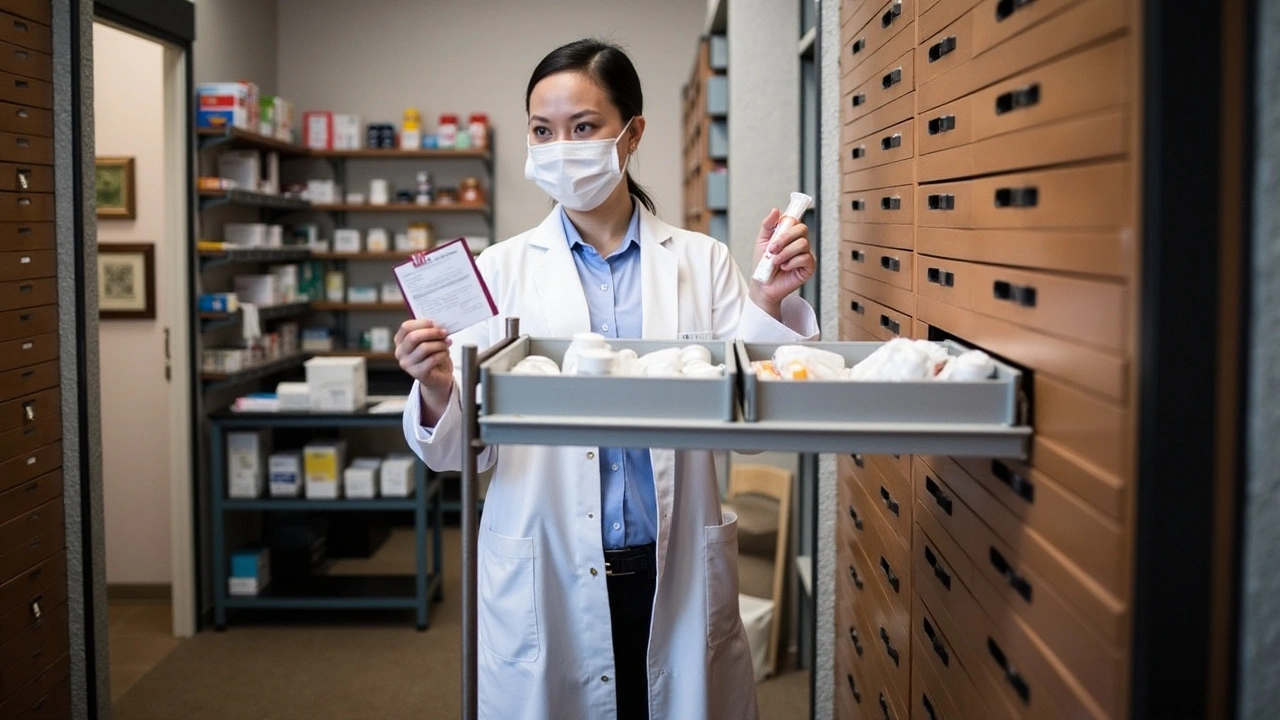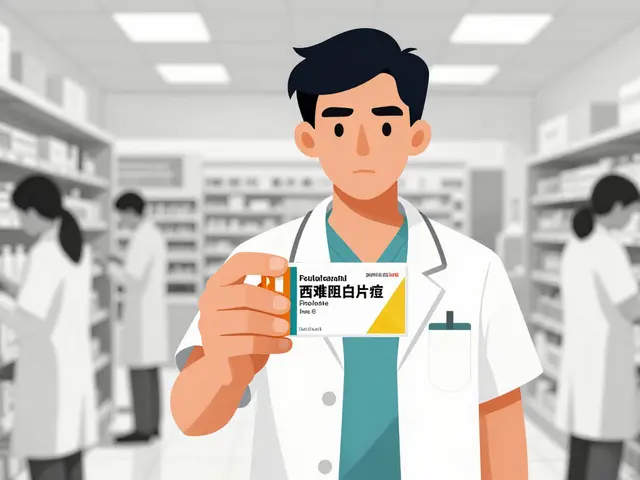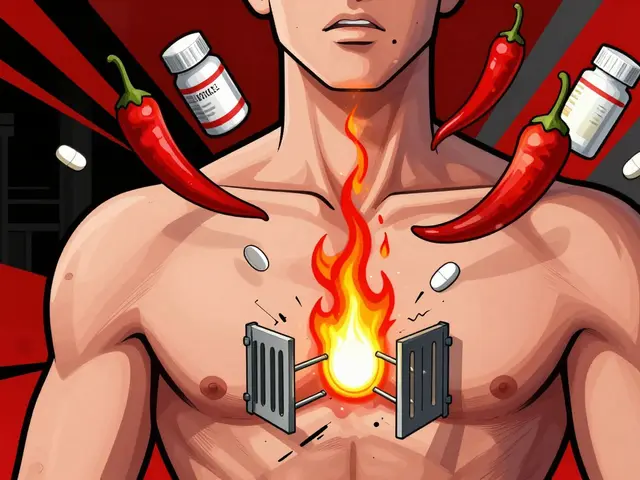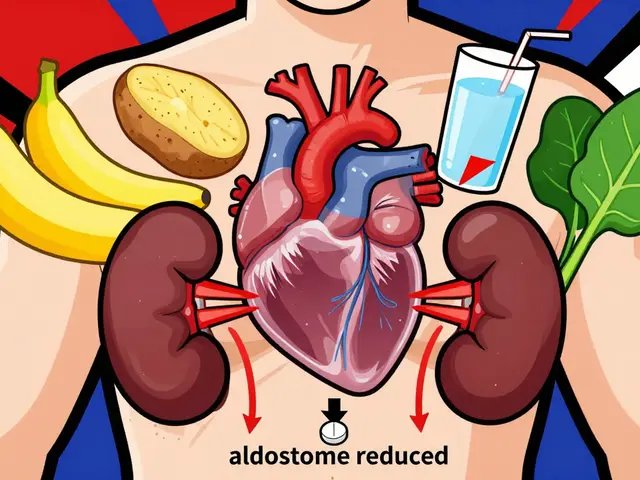Gallbladder: What It Does and Common Problems
The gallbladder is a small pouch under your liver that stores bile — the fluid that helps digest fats. When it works well you hardly notice it. When it doesn’t, you can get sharp pain, nausea, fever, or jaundice. The most common issues are gallstones and inflammation (cholecystitis), and knowing the signs helps you get tested and treated sooner.
Typical gallbladder symptoms are sudden pain under the right rib cage that may last 30 minutes to several hours, pain after a fatty meal, nausea, bloating, and burping. Pain that moves to the right shoulder or back is also common. Severe pain, high fever, yellowing of the skin or eyes, or persistent vomiting require urgent care.
How doctors check the gallbladder
If you see a doctor they'll start with a physical exam and questions about when the pain happens. Common tests include:
- Ultrasound — the first and most useful test to spot gallstones and inflammation.
- Blood tests — check liver enzymes, white blood cells, and signs of infection or blocked bile ducts.
- HIDA scan — shows how well the gallbladder is working and can diagnose blocked ducts.
- CT or MRCP — used when the picture is unclear or to look at the bile ducts and surrounding organs.
- ERCP — both a test and treatment to remove stones from the bile duct when needed.
Each test has a purpose. Ultrasound is quick and noninvasive. ERCP is more invasive but useful when stones block the duct.
Treatment options and what to expect
Treatment depends on how bad the problem is. If you have small, painless gallstones, doctors may recommend watchful waiting. For pain attack relief, they use painkillers, fluids, and sometimes anti-nausea meds. Acute cholecystitis (inflamed gallbladder) often needs antibiotics and may require surgery.
Laparoscopic cholecystectomy (keyhole gallbladder removal) is the usual surgery. It’s done through small cuts, and most people go home the same day or after one night. Recovery is usually quick: many return to normal activities in a week or two. You can live normally without a gallbladder; your body adjusts and bile flows directly from the liver into the intestine.
For people who can’t have surgery, medicines like ursodeoxycholic acid may slowly dissolve some cholesterol stones, but it can take months and doesn’t work for all stones. ERCP is used when stones are stuck in the bile duct.
Simple daily changes can help. Eat smaller, lower-fat meals, avoid very fatty or fried foods during flare-ups, stay hydrated, and keep weight loss steady — very fast weight loss raises gallstone risk. If you get repeated attacks, talk to your doctor about surgery; repeated inflammation can lead to complications.
If you’re unsure what’s happening, book a visit and ask for an ultrasound. Quick testing and clear steps make the problem easier to fix. Want more on digestive health and treatment options? Check our related articles for practical tips and clear next steps.

Understanding Antibiotics for Acute Cholecystitis: Treatment Options and Procedures
Antibiotics are the primary treatment for acute cholecystitis, a condition marked by gallbladder inflammation often due to gallstones. These medications work against biliary tract infections, with common choices including penicillins, cephalosporins, and quinolones. Treatment usually involves IV administration in hospitals. Post-antibiotic therapy typically leads to cholecystectomy to prevent future episodes.
read more




